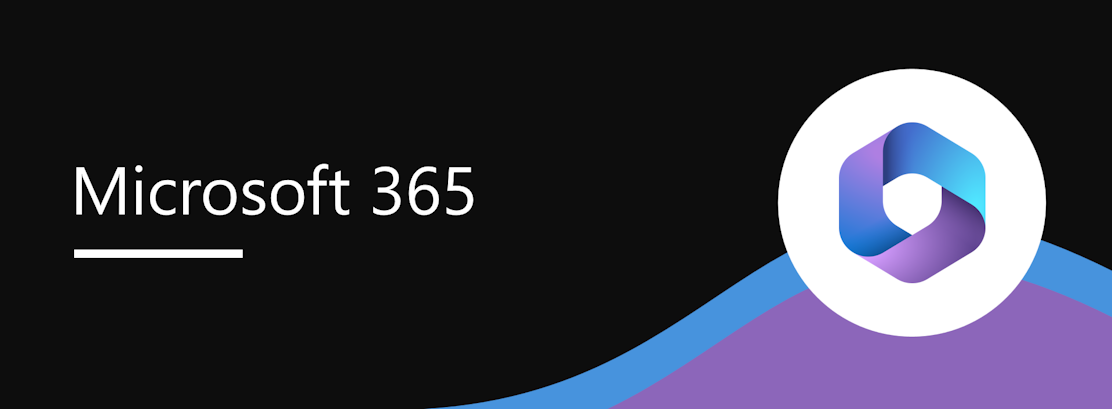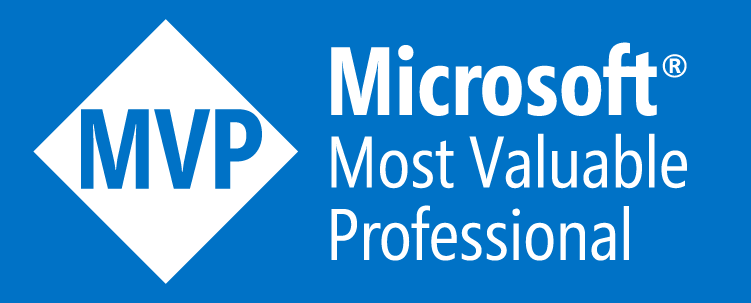Product transitions to the cloud.microsoft domain – November 2025
Microsoft products like Outlook and To Do are transitioning to the cloud.microsoft domain by November 2025, with gradual automatic redirects and no required user action. Admins should update documentation, ensure network compatibility, and educate users. The new domain enhances security using Microsoft’s exclusive top-level domain.

The cloud.microsoft domain was provisioned in early 2023 to provide a unified, trusted, and dedicated DNS domain space to host Microsoft’s first-party authenticated SaaS products and experiences. This post is to inform you that the following Microsoft products and scenarios are now available at the cloud.microsoft domain, in parallel with the previous domains:
- Microsoft Outlook (https://outlook.cloud.microsoft/)
- Microsoft To Do (https://todo.cloud.microsoft/)
When this will happen
- The services listed above are already available on cloud.microsoft, in parallel with their previous domains.
- Outlook is currently rolling out under Targeted Release and will expand to Standard Release in the coming months.
- Users will begin seeing Outlook redirect from its old domains to outlook.cloud.microsoft as part of this change.
How this affects your organization
Who is affected:
- All users accessing Microsoft Outlook and Microsoft To Do.
- Admins managing organizational URLs, Teams apps, and network configurations.
What will happen:
- The cloud.microsoft domain has been a part of standard Microsoft network guidance on domains and service endpoints since April 2023. If you are currently following this guidance, this change should not impact users in your organization using the above applications under the new domain.
- Users will be redirected to applications under cloud.microsoft domains gradually and automatically.
- No specific user action is required.
- Links to the previous domains are backwards compatible and continue to be supported.
- Users may notice that the new application domains are lacking the “.com” extension. This is by design, as “.microsoft” is Microsoft’s own top-level domain – and this exclusivity allows for additional security and protection against spoofing.
What you can do to prepare
- Educate users about the new cloud.microsoft domain and its purpose. Refer them to What is cloud.microsoft? – Microsoft Support.
- Update internal documentation and assets that reference old URLs to avoid confusion.
- Partner with developers of in-house Teams apps to ensure compatibility with the new domain. Refer to Action required: ensure your Microsoft Teams apps are ready for upcoming domain changes for details.
- Verify network configurations to ensure connections to
*.cloud.microsoftare not blocked. If you follow standard Microsoft network guidance, no action is needed. - Admins can disable redirects to
teams.cloud.microsoftif necessary using the control in the Teams Admin portal.
Compliance considerations
No compliance considerations identified; review as appropriate for your organization.
Message ID: MC1188995


 HANDS ON tek
HANDS ON tek
 M365 Admin
M365 Admin







